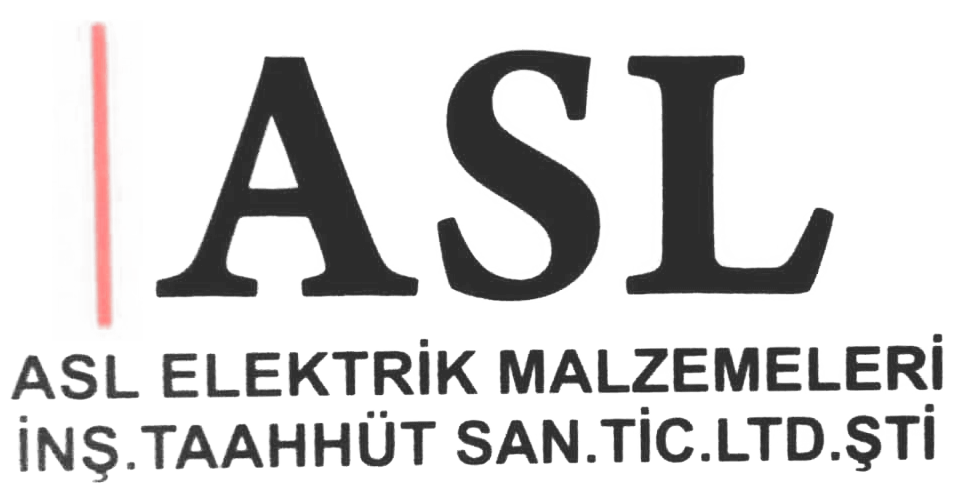A vdr allows authorized users to access, search and interact with documents and files from a central online repository. These collaboration tools will speed up the sharing of documents and reduce the time required for stakeholders to look over data in a traditional environment. VDRs allow administrators to restrict who can access the documents, print them out and download them. Administrators are also able to revoke access at any time.
The special capabilities of a vdr has been essential in facilitating critical business processes and transactions that require secure document sharing. Some examples include:
Manufacturing -Manufacturing companies can utilize a vdr system to make it easier sharing product documents for design and development with clients, investors, and suppliers. Manufacturing teams can elements of a virtual data room be more efficient and decrease the risk for errors through a vdr system that allows real-time editing, instead of sending documents as attachments.
M&A -M&A – M&A due diligence requires a lot of document sharing between potential buyers and sellers. By allowing 24/7 access VDRs can reduce scheduling conflicts and facilitate negotiations. Collaboration tools in a VDR allow teams to edit proposals in real-time.
It is crucial to select an vdr that has more security features than generic software for file sharing. For instance, a vdr should have features like fence view, built-in redaction, granular permissions and remote shred which help to ensure confidential data stays private. It is also a good idea to look up user reviews on third-party sites to gain a sense of the security and support offered by a vdr.
